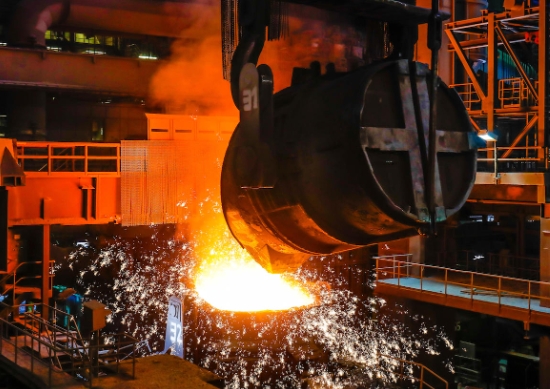
In a sector as complex as steel, the right raw materials can dramatically enhance production efficiency and quality. SEMI-GPC, for example, is a high-grade petroleum coke that can be used to boost the carbon content of steel while minimizing any impurities.
The resultant product is tough and durable, able to withstand the harshest conditions. The steel's low levels of sulfur and ash make it an excellent choice for steelmakers looking to produce pure steel. For these reasons, GPC is an integral component of a variety of products and equipment, from heavy trucks to industrial ladders. GPC can be found in a range of colors, including vibrant red and sleek black. This allows customers to pick the colour that is most suitable for their workspace, while maintaining a uniform appearance and feel in their entire facility.
However, a shift to sustainable steel production will require a comprehensive set of policy tools. This includes advanced public subsidies to promote the retrofit of existing plants and support new green investments that reduce direct emissions, as well as a policy framework that encourages cooperation between regions to accelerate innovation and deployment of low-carbon technologies.

Presently, most of the global steel production takes place in large, older, and highly energy-intensive blast furnaces. In turn, these factories contribute nearly 40% of global direct greenhouse gas emissions. To avoid exhausting the remaining carbon budget available under the Paris climate agreement, these facilities must be phased out in favour of cleaner alternatives.
But how do we do this while protecting local employment and safeguarding the environmental? International Energy Agency found that by retiring primary steel capacity early, the industry could achieve the current output at a fifth of the GHG pollution. This could be done by switching to natural gases, utilizing energy-efficient measures, and deploying renewables.
However, achieving this level of decarbonisation will be challenging. Even with the most effective policies, steel companies still have to invest in modern technology. This is why it's important for governments to ensure that investments in these technologies are based on sound business principles.
There are many examples of good practices. As an example, both the European Union (EU) and Japan have implemented measures to reduce the energy intensity of their steel industries by more than half, while China reduced its carbon intensity.

Write a Message